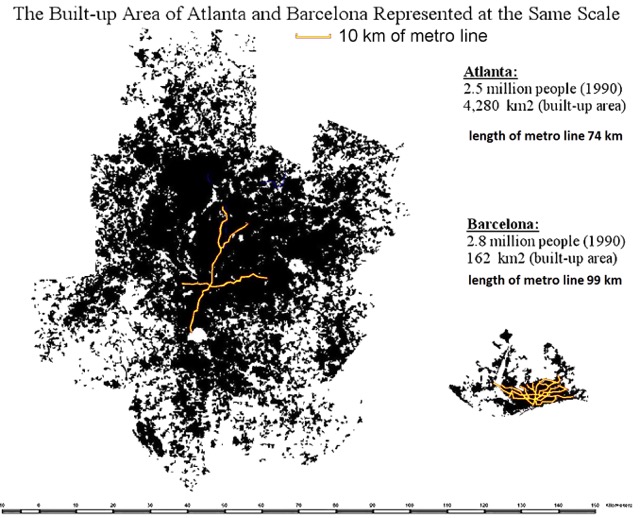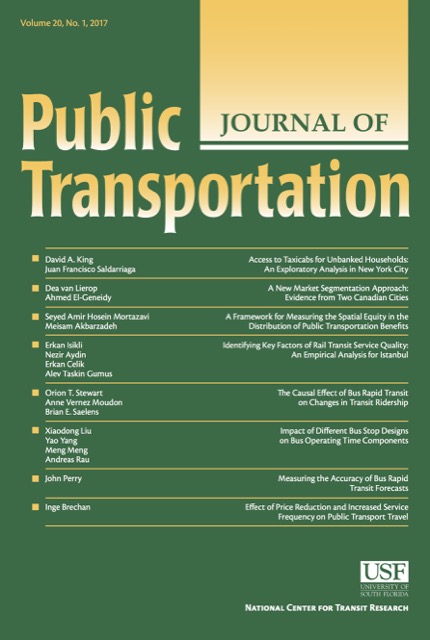Here’s a fun question to think about: what will be the last rail transit project built in America? Will it be one of the projects currently on the Federal Transit Administration’s current list of grant projects? Or will some other city come up with a doofus proposal after all of the projects on the current list are either done or, better, cancelled?
For fiscal year 2019, the FTA proposed to fund just ten projects, including eight new construction projects and two improvements to existing transit lines. One of the eight new projects, Portland-Milwaukie light rail, is actually already finished and many of the others are partly finished.
While the Trump administration’s official policy is that it will not give out any new construction grants, the process has several stages before projects reach the construction phase, including project development and engineering. The administration has added at least ten new projects to the development or engineering phases. The current list has a total of 66 projects. Continue reading










